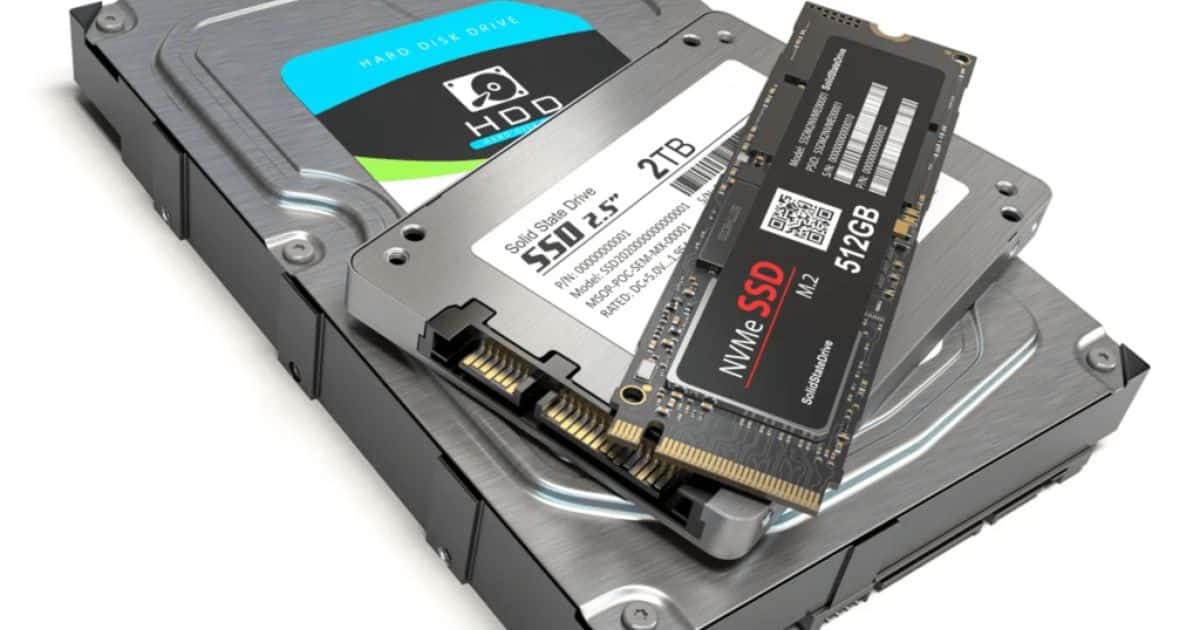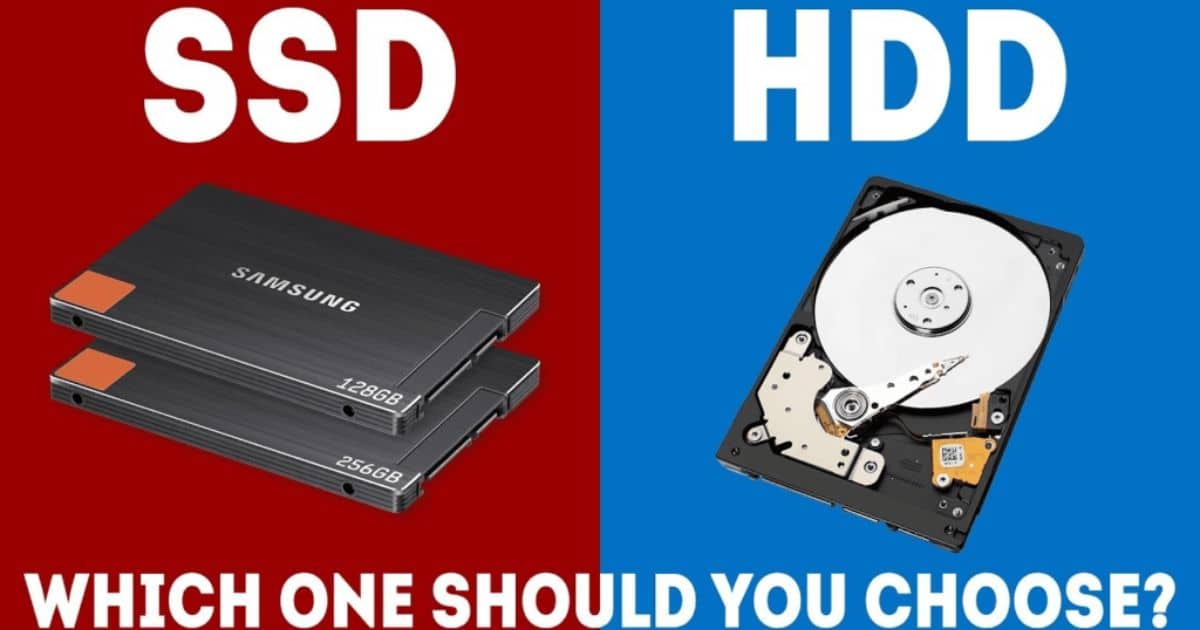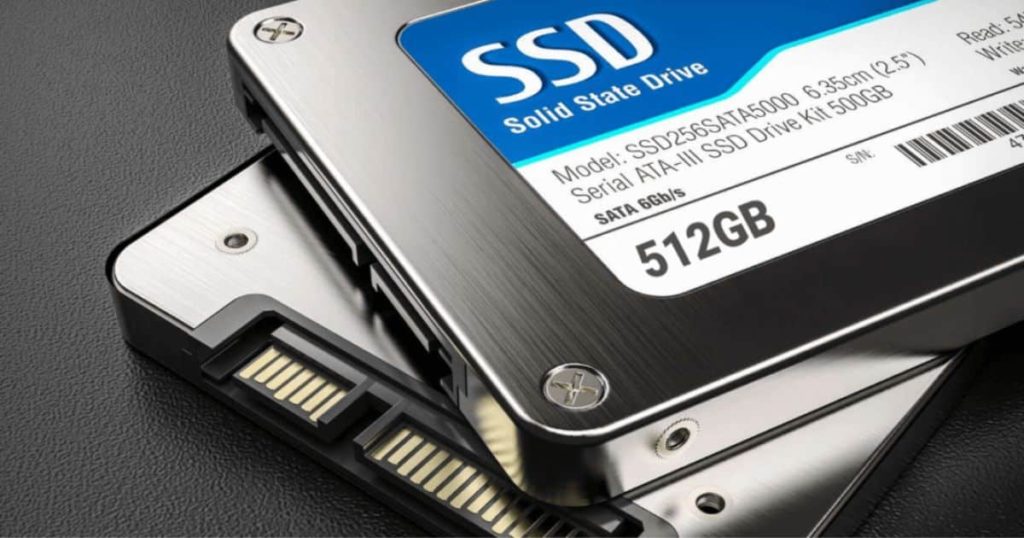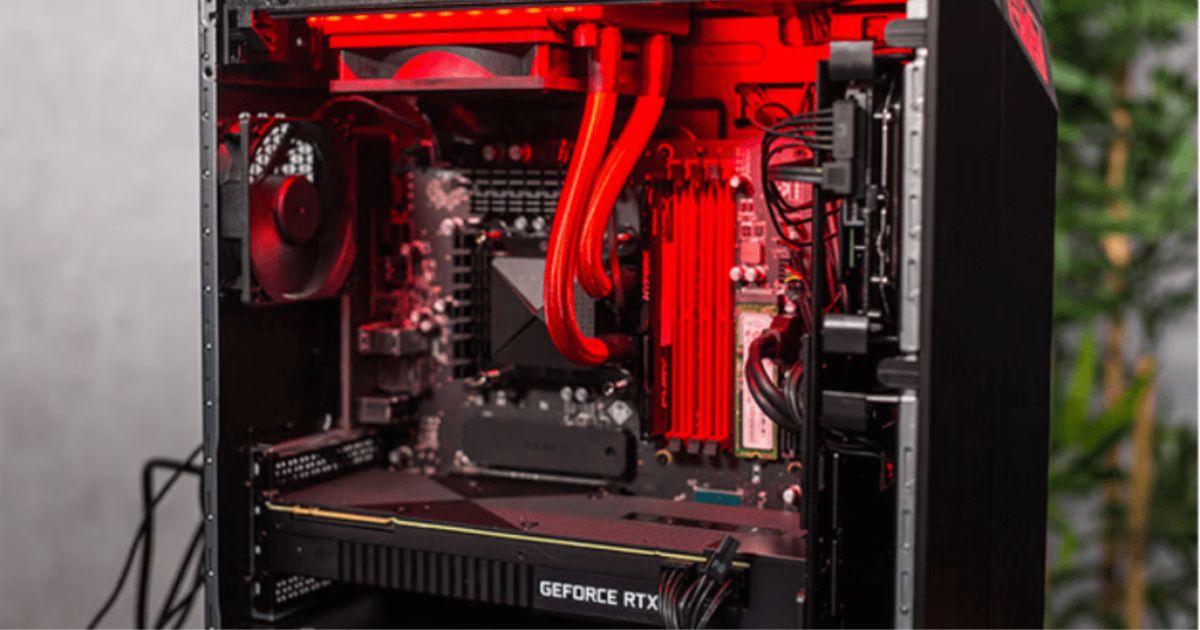A solid-state drive with at least 512 gigabytes of storage space is recommended to play games smoothly. When storing all the games you could play at once, an SSD with less than 512 GB of storage capacity is not enough. 512 GB is the minimum needed. The performance difference between an SSD with 512 GB of memory and one with more than that amount of memory will be more noticeable in a gaming context.
How many games can a 512GB SSD Hold
A 512GB SSD should accommodate the install and run needs for at least 8 games at any moment, given our estimate of 30GB – 50GB per game install + operating system files. If you haven’t installed too many games, you can play your favorite games in high resolution on a 512 GB SSD.
Remember that when you’ve finished a game, you may remove it to create room for a new one. The most fundamental purpose of every computer storage device is to store data. Each type of storage device (SSD, HDD, and DRAM) serves the same purpose: to keep information safe and sound until it can be retrieved. Capacity measures how much information can be kept in a given storage medium.
Eight to ten 30–50 GB video games; 128,000 4 MB images; 4,000 128 MB HD films; 400 1 GB programs; 256,000 2 MB Microsoft Word files. That’s a decent lot of disk space, even if you only use your computer for one program. Nonetheless, if you plan on using your computer for a wide variety of tasks, including gaming, business, video production, and more, a 512GB SSD storage space may not be sufficient. A 512GB solid-state drive (SSD) and a 512GB hard disk drive (HDD) will each store exactly 512GB of data. They both collect and store information, but in different ways.
Reasons why more capacity in SSD Drives is Crucial

When it comes to extreme gaming, a 512 SSD card is well enough; if you want the finest gaming experience, you’ll need a bigger SSD card, such as a 1 TB or 2 TB SSD card. A solid-state drive (SSD) card is a game changer. This means that the bigger your SSD card is, the more efficiently your most pc games will run. If you intend to compete at a high level in gaming or streaming, you will need an SSD with more storage space than 512 GB.
The benefits of an SSD card extend beyond the realm of video games. The speed of your computer will increase and play games comfortably after installing a sizable SSD card. For example, if you upgrade to a large solid-state drive (SSD) card, your computer or gaming laptop will boot up and shut down more quickly. Moving data from one storage medium to another will also go more quickly and smoothly.
And there’ll be more space and fewer crashes on your laptop. Physically damaging your SSD card is another problem a bigger SSD card may solve. There is less of a chance that your laptop may overheat or make annoying fan noises when using an SSD card to boost its speed.
A Comparison of Solid-State Drives vs. Hard Disk Drives for Gaming

Data storage on 512GB solid-state drives (SSDs) is superior to that on 512GB hard disk drives (HDDs) in any conditions.
Since SSDs are better at storing and retrieving data, they are also better at transmitting data while you play. For gaming purposes, solid-state drives (SSDs) have the advantage over hard disk drives (HDDs) due to their higher read and write speeds, making them better at handling game data. There is no longer any delay or stuttering.
In milliseconds, your PC will store and transmit vast amounts of data for a video game. From running complex simulations while exploring beautiful vistas in your favorite JRPG to crunching numbers during a real-time strategic battle, gaming pc demands a lot of computing power.
Most of your computer’s dynamic data processing is done in the RAM. Having enough RAM available can also assist with this since it will reduce any potential for latencies in data transfer. Nonetheless, there are instances in which games can access data from a local storage device or your hard drive. Since your solid-state drive (SSD) stores everything, it makes sense to serve as a staging area for the data that is read from and written to RAM.
Here are three areas where solid-state drives (SSDs) excel over hard disk drives (HDDs) in the gaming world:
1) Quicker game loading times
Waiting for a game to load is annoying for everyone. If you’ve ever been put in this position, even for something as short as a 5-second cutscene, you know how aggravating it can be. When a game loads a level, it pulls all of the relevant data and assets for that level from the storage media and sends them to the RAM for further processing.
The prefetch procedure will take significantly longer on an HDD compared to an SSD. As a result, it will take longer for the data to go to your RAM, where it may be processed. Therefore, solid-state drives (SSDs) are preferable to hard disk drives (HDDs) when launching games.
2) Faster, easier gaming
In most up-to-date games, you can only see the assets when you approach close them. An enhanced sense of realism results from this. Everything you see in the game, from the fog that obscures faraway things until you get close to them to the bullets that fly by your face, is broadcast in real-time, even after the loading screen has finished.
Your computer will mostly rely on your GPU and RAM to process this information efficiently. However, if your storage device is a hard disk drive (HDD) rather than a solid-state drive (SSD), the prefetch procedure will again be inadequate. This might cause a less fluid gaming experience due to jitteriness.
3) The time to install games is reduced
We’re usually patient enough to wait for a game to install, but there are times when you want it to get going now. While compared to a hard disk drive (HDD), a solid-state drive (SSD) can be up to 10 times speedier when processing the game installation packets. For a game between 30 and 50 GB in size, HDDs can read/write at rates of roughly 300MBs/70MBs. If this is the case, the game’s installation time on a regular computer might be between twenty and thirty minutes.
Contrarily, solid-state drives (SSDs) may achieve read/write speeds of up to 4GB/9GB. This means a game installation that may take up to 30 minutes on a hard disk drive could take as low as 5 minutes on an SSD. The same rules apply to game updates and patches, which may be a real pain if you aren’t prepared for them.
FAQs
How much SSD space do I need to pay for university?
A 256GB or 512GB disk may be sufficient for your needs if you only keep a small number of files, such as papers and images. On the other hand, a 1TB or 2TB disk is more appropriate if you intend to store several huge files, such as films and music.
Will using an SSD boost my frame rate?
SSD will not improve your frame rate. There is no noticeable difference in FPS when using an SSD. You will only notice a decrease in loading times. It’s a frequent fallacy that utilizing an SSD would improve your FPS.
Would a 512GB SSD be best?
Most laptop users won’t need more storage space than a 512 GB SSD provides. With 512GB, you can multitask smoothly while playing games, watching videos, or browsing the web. When the SSD in your laptop reaches 75% capacity, performance will begin to degrade.
Conclusion:
Finally, the age-old question of whether or not a 512GB SSD is enough for gaming is resurrected from time to time. You can see that this guide is complete now that you have it. You should also know the many kinds of SSDs and how to pick the right one for your needs.

Brook over 3 years of professional gaming, esports coaching, and gaming hardware reviews to provide insightful expertise across PC, console, and mobile gaming.










